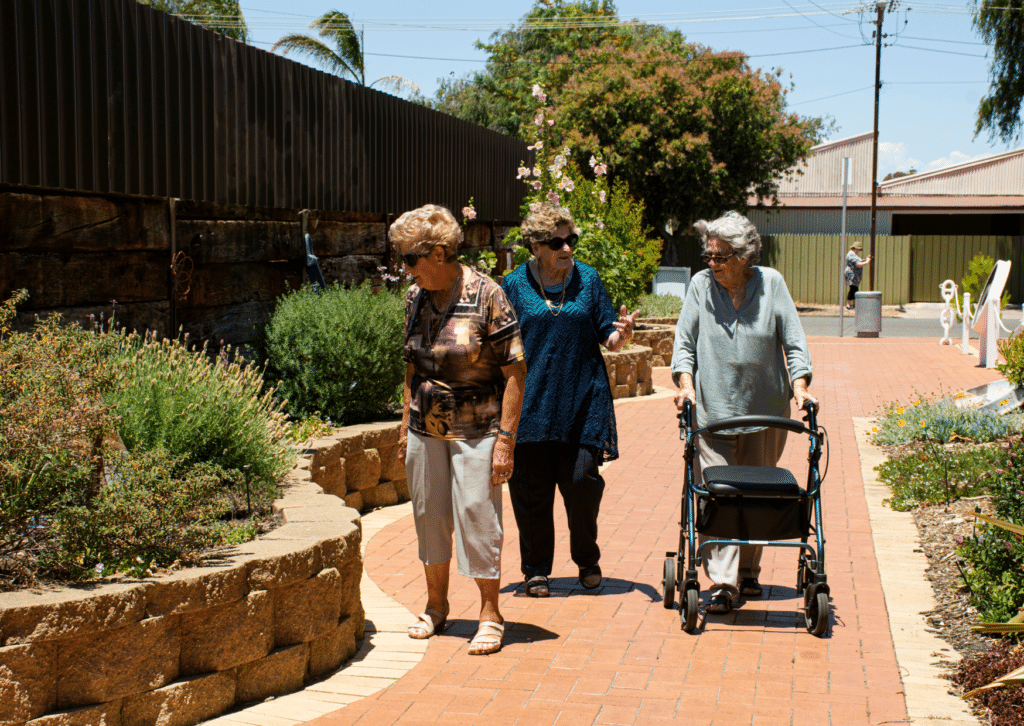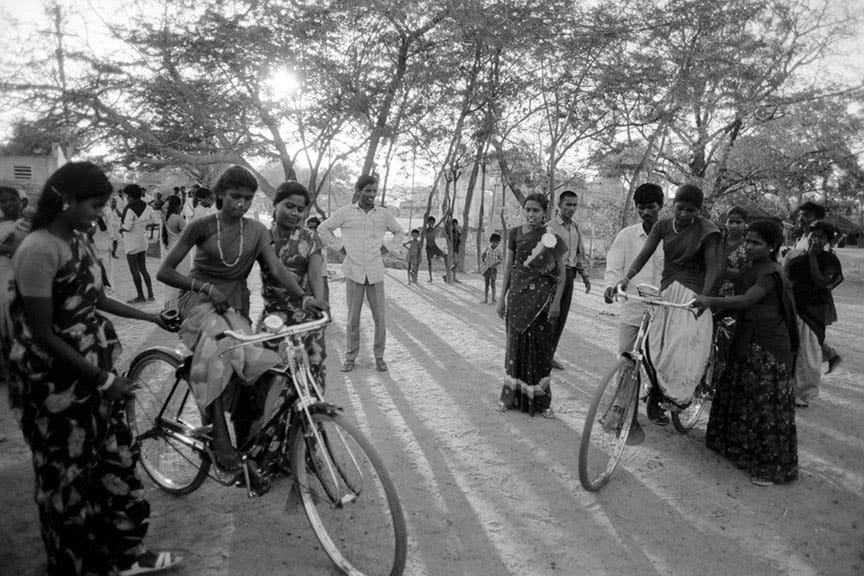This blog article is based on the Master Thesis “Comparative Case Study on the Integration of Gender Mainstreaming in Sustainable Urban Mobility Plans” in Political Science at University of Cologne by Julia Remmers.

Why should Gender Mainstreaming be applied to SUMPs?
In the context of global commitments to a sustainable transport transition and the realization of gender equity, the European Commission asks local governments to integrate a Gender Mainstreaming approach in their transport policy. Gender equity is also required in international commitments to climate protection, including the Paris Agreement and the UN Sustainable Development Goals (SDGs).
On the EU level, there are many commitments to Gender Mainstreaming (GM), requiring the inclusion of gender on all levels and all policy fields. Gender Mainstreaming in SUMPs means considering gender at all stages, from questions of gender representation in project teams, gender expertise in public tenders, to gender equity indicators in monitoring and evaluation.
By integrating a gender mainstreaming approach, cities can address the distinct mobility patterns, safety concerns, and accessibility requirements of different demographic groups. This approach not only promotes gender equity but also contributes to the overall effectiveness of the shift to sustainable urban transport, ensuring that the diverse needs of all urban residents are considered.
How are these requirements translated in the context of urban transport policies and the quest for a sustainable transport transition?
To answer this question, the author focused on the widespread policy instrument of urban transport planning, the Sustainable Urban Transport Plan (SUMP) for her master’s thesis. The Sustainable Urban Mobility Plans of three German cities were assessed in a qualitative content analysis using expert interviews with responsible administrators. To further explain the phenomena approaches from different strands of research on feminist policy change were applied, including the study of substantive representation of women, meaning the representation of women’s interests in political action. Thus, the thesis closes a research gap: The research field of gender and mobility reaches back to the 1970s but rarely analyzes transport policy.

How can sustainable transport planning be compared in different German cities?
With over 1000 SUMPs that have been developed in the EU according to the European Commission (EC), the SUMP can be viewed as the standard transport planning instrument in the EU, providing an ideal basis for comparison across cities, including their efforts for gender equity. Through its agency Eltis, the EC promotes the use of Gender Mainstreaming in SUMPS in the topic guide “Addressing Gender and Vulnerable Groups in SUMPs” (2020). The guide provides step-by-step guidance on Gender Mainstreaming along the twelve SUMP planning steps depicted in the graphic below. Part one of the analysis highlights areas of strength and opportunities for improvement in each of the analyzed SUMPs.

To answer the question what constitutes Gender Mainstreaming in SUMPs, the guide was used as a blueprint and combined with literature on concepts such as trip chaining, the 15-minute city and geographies of fear, all of which are common concepts addressed in approaches for gender-equitable mobility.
Four key actions are suggested in the topic guide, one for each of the four SUMP phases:
- “Understand the different target groups to involve in the planning and implementation process;
- Facilitate the participation of women and representatives of vulnerable groups in decision-making processes;
- Include gender-specific measures
- Monitoring and evaluation to provide clear evidence on gender mainstreaming and accessibility levels”
Explaining the uptake of Gender Mainstreaming in local transport units
Part two of the analysis provides a comprehensive examination of the factors influencing the uptake of gender-responsive approaches in SUMP development based on theoretical literature on feminist policy change, borrowing from fields such as Feminist Institutionalism and comparative policy analysis. The following explanatory factors were identified:
- State feminism: the influence of feminist institutions or “women’s policy agencies” (WPA)
- Critical actors: feminist bureaucrats in influential administrative or executive positions
- Women’s movement strength: feminist mobilization in civil society
- Feminist alliances: Ties between WPAs, women’s movements, politicians, femocrats or academics
- Europeanization: EU policy’s impact on domestic structures, adaptation pressure on national and local
- Previous commitments to Gender Mainstreaming in the city

Results for three German cities
All three analyzed cities have been formally committed to Gender Mainstreaming in all policy fields since the early 2000s but with varying results. In City A, Gender Mainstreaming in transport planning was driven by a critical actor in the past that has since left the department, and with that, this commitment was almost forgotten. In the past, discourse around Gender Mainstreaming had led to heated debates about gender-sensitive language. According to the interview partner, the concept was pursued, “under the radar”, if at all:
I think it’s a bit of a lesson that everyone has learned from it, along the lines of “Hmm, it’s apt to polarize very strongly without us making any progress in terms of content” and yes, maybe you keep that quiet a bit, but you have it in the back of your mind saying, I do represent the interests, but I’m not hanging out the flag for it.
In City B’s SUMP stood out for dealing with geographies of fear such as tunnels, but the SUMP implementation had been comparatively slow. While the interview partner was very engaged and noticed a cultural shift and more women in the department, it was still rather positioned as “human-centered” planning.
Overall, of course, we say we plan in a way that is humane for all road users, but the focus is still very much classic traffic planning. […] So if I’m being completely honest, [Gender Mainstreaming] is not on the agenda. We haven’t taken it on yet. On the one hand, this is of course because there is still an old generation of “planners” in the transport sector, who are mainly male, I would say. The classic traffic planners, or traffic engineers, who are not sensitive to such topics.
The idea of “human-centered” planning or the idea that gender-responsive approaches are obsolete was also reflected in the case of City A. Moreover, the expert interviews revealed additional reasons hindering the integration of Gender Mainstreaming in SUMPs, such as lack of capacities, lack of sensitization for gender equity, and even open contestation against the concept in the case of City B:
I can remember how I came back from this conference and reported on these contributions in the departmental group. […] I was very shocked that a few older male colleagues got really aggressive about the topic and I just reported what I heard.
In City C, on the other hand, Gender Mainstreaming is anchored in institutional structures, with a very active municipal equity representative and working groups on Gender Mainstreaming in all units of the city administration. The city conducted a broad participatory process and invited statements on the strategy from other institutions, including the city’s equality office. For a citizen council, the participants were selected in consideration of their gender and age to gather a relatively representative group.
What clearly sets City C’s SUMP apart is that the goal of social justice, social participation, inclusion, and accessibility shall receive a dedicated sub-strategy. City C, the only case with a dedicated sub-strategy on gender, was also the only analyzed city with a strong women’s policy agency.
However, we do have a very active local equal opportunities officer who started very early on. We are very understaffed in many areas, but we have made sure that the colleague is there and also appears. So, the topic is certainly present to everyone.
One of the interview partners from City C who held a leadership position could be classified as a critical actor because of their important position in the department, their very active and impactful role in the design of the SUMP, and because they were generally a strong advocate of gender-inclusive planning. The expert was among the initiators of the sub-strategy on social justice, social participation, inclusion, and accessibility.
That was important to me. I actually helped instigate that some of the topics were mentioned loudly, I would say, so that they became visible.
Other important actors in City C can be found in the city administration, where staff is motivated to include the topic in their own activities.

The power of feminist administrators and their alliances
The results suggest that strong women’s policy agencies and well-connected critical actors are key in realizing feminist policy reform in the urban transport sector. Cases in which gender equity was addressed on the local level relied heavily on individual administrators to put the topic on the agenda, at times while facing harsh criticism.
In conclusion, the analysis highlights the need for streamlined and mandatory regulation for the integration of gender equity in transport planning as well as adequate capacity development and awareness raising to produce lasting results. On another note, the analysis highlights an opportunity structure in which critical actors and alliances both among transport units and women’s policy agencies as well as on an international network level can enact positive change.








